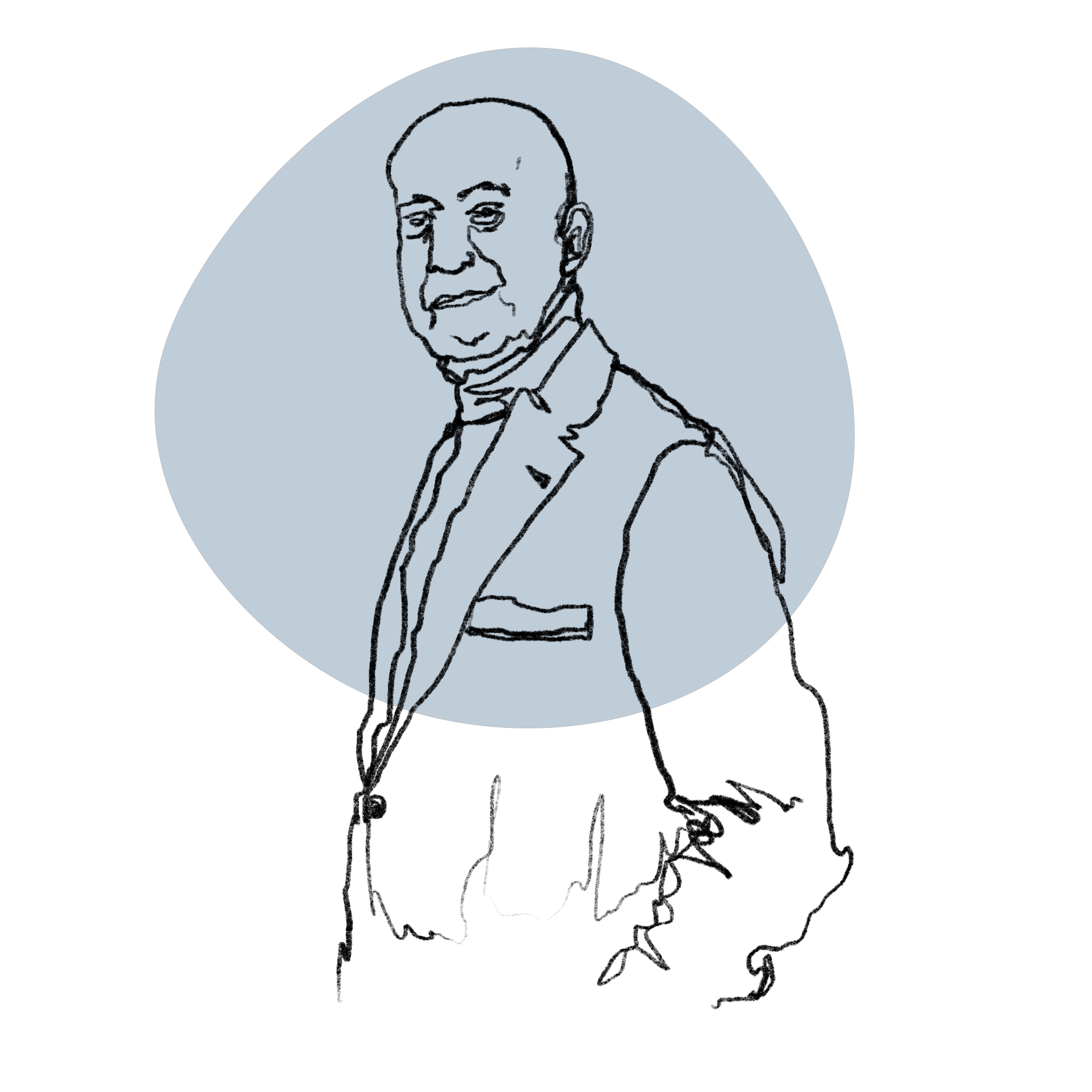It is a history that has settled over time and still lives in people's habits. This is why Greece and its islands are the right destination for those who want to combine marine life with history and culture, including iconic colors and materials, unique objects that will inspire our houses once we return, keeping alive the memories of those places, of those flavors, adding just an eclectic touch to our urban home.
From the typical white houses that characterize the Cyclades islands, such as the romantic Santorini, a strongly rustic energy is released which is reflected in the contemporary interior design of the Greek houses, characterized by exposed bricks and stone walls, a common sign in many traditionally decorated houses. The furniture usually aims at a clean aesthetic, but one that is warm and welcoming at the same time.
Pure comfort first of all, therefore, a factor that brings Greek taste very close to that of North Africa, in particular Moroccan, for example through the use of numerous cushions that cover not only sofas, beds, benches and chairs, but also the white stone of roofs and terraces to comfortably enjoy the sunsets over the Mediterranean.
An interesting factor, which links the Greek tradition to modern times, is that even the richest and most elegant ancient Greek houses tended to be simple and tidy, often articulated on a few well-made wooden furniture in detail. Let's think, for example, of Marie Kondo's "philosophy", that of keeping around us only the things that ignite joy: is this not a result obtainable through a vintage piece of furniture, a high quality object made locally and by hand, and that will last a lifetime? Ideal Greek-inspired furniture usually features three legs, curved yet simple lines, and light sand-colored finishes.
In the decoration of Greek interiors, as well as in many of the exteriors of the houses of the Greek islands, on painted doors, pillars and steps, the combination of colors par excellence is that of blue and white. A mix that reflects the energy of the sea, and which often reappears in Greek curtains, carpets, and raw painted wood furniture. Blue also contaminates the dining table, on which the blue glass of glasses, plates, containers and bottles reflect the sunlight on our outdoor mise en place.
Speaking of coatings, on the other hand, white and blue reappears on glazed tiles: covering walls and floors, tiles are a prevalent feature in traditional Greek houses, a decorative element that helped to preserve freshness during the summer, and that that puts in contact Greek culture with Southern Italy, Portugal and Spain, making a great comeback in the decorative vocabulary of the time we live in. Blue and white tiles are ideal for kitchen panels above stoves or edges of bathtubs and sinks. In the most sophisticated ancient Greek homes, tile floors often featured the traditional Meandros, aka the Greek key pattern.
Among the many legacies of the way of living left by ancient Greece there are also damask fabrics, an invention of Byzantine origin, much loved and widely incorporated in the houses of the time. From this technique were born luxurious and lively pieces created by the unique process of weaving a warp thread with a weft thread, often using silk and satin yarns. This design produces extraordinary effects and contrasts between two colors with different levels of shine, even in the most contemporary versions.
Therefore.... use textiles! Introduce a touch of damask or traditional Greek carpets and embroideries in the house…To make separating curtains in order to create an alcove, or: to cover a table’s top, the bed or even to upholster the bed’s headboard! Rustic embroidered Greek textiles will warm the room combining the very different artistic traditions of Greece, Venice and the Ottoman world.
There are iconic history of art elements, such as two-tone terracotta amphorae, classical sculptures and busts, of clear Greek origin, which reappear in the cabinets of curiosities of every era, distinctive signs that complete an atmosphere, or act as a real starting point for designing a space. Beyond the Greek world, even a sculpture in natural wood or stone adds a historical and unique touch to the most minimal and clean furnishings.
Finally, a location not to be missed for those who will not go as far as the Greek shores: Villa Kerylos in Beaulieu-sur-Mer, on the French Riviera (in the picture) is an ancient Greek revival style house built in the early 20th century by French archaeologist Theodore Reinach: here, the splendor of Ancient Greece marries the modern comfort of the Belle Époque villas ...






.png)






